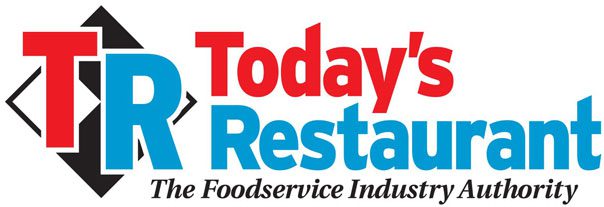
When Customers Behave Badly: Ways to Respond
By Mihir Korke
Customer disagreements can sometimes be unavoidable when running a small business. This is true across every vertical – but conflict is especially prevalent within the dining industry.
This article explores why customers behave badly. It also explains how best to deal with difficult situations as quickly as possible so that you can continue devoting your time and energy to those customers who add value to your business.
Why customers behave badly
Although every instance of conflict is unique, most customer complaints fall into one of the following categories:
- Poor quality service: It’s important to maintain certain standards to help ensure customers have a positive experience when dining at your restaurant.
- Not being heard: It’s important to train your team to always listen and carefully understand each customer’s concerns.
- Disagreements over policies: From seating requirements to mask mandates to dress codes, there are all kinds of company policies that might not sit well with your customers.
In addition, there are many reasons that are outside of your control – such as frustration over personal circumstances or general dissatisfaction with societal issues. As the world continues to emerge from the pandemic, you can expect to see complaints stemming from these types of issues.
Customers increasingly expect more from the businesses they support, with next-day delivery, on-demand access, and free upgrades becoming standard across many industries. Staying current with these changing expectations can be difficult for any business. This is particularly true for the restaurant industry, with its thin margins and high competition. Against this backdrop, how do you respond to customer conflict?
The right way to handle unruly customers
Use the strategies below to help de-escalate situations before they get out of hand.
- Stay calm
It’s hard to stay calm when an angry customer is yelling at you. But, yelling back will only make the situation worse. If remaining calm in the face of adversity is difficult, just know that it’s nothing personal. People get upset for any number of reasons. If you weren’t there, that customer would be yelling at someone else instead.
- Listen carefully
When dealing with an upset customer, give him or her your undivided attention as you carefully listen to everything he or she has to say. You’d be surprised how often active listening can help defuse tense situations.
- Repeat the problem
The next step involves repeating the customer’s complaint in your words. This helps to build empathy, understanding, and rapport – all of which are crucial for ultimately resolving the underlying issue.
- Solve the problem (if possible)
If the issue is easily solvable, then solve it right then and there. An unusually long wait time for a table, for example, might result in drinks or dessert on the house. The same goes for mixed up orders, a fly in the soup, or anything else that calls for a simple fix.
Unfortunately, not all conflicts can be solved so easily.
When there’s a disagreement over company policy, for example, you might not have as much wiggle room to bend the rules. In these instances, the best approach is to explain why the policy exists, communicate that your hands are tied, and invite that customer to comply with the rules. Hopefully, the customer will understand. If not, it’s time to move on to the fifth and final de-escalation step.
- Bring in the managers
Waitstaff and busboys work on the front lines of hospitality, but they’re not always the best people to handle truly difficult situations. Sometimes, managers are better equipped since they:
- Tend to have more overall training in conflict resolution
- Have a lot more latitude when it comes to offering compensation
Equally important, managers have the authority to ask customers to leave. When a situation can’t be solved, this is sometimes the only option left. You might lose the sale, but with that diner out of the way, you and your team can focus on the customers who matter.
You may have noticed that communication is a recurring theme in many of these conflict resolution steps. Listening, repeating, and staying calm aren’t skills that come naturally to everyone. This is why employee training is so important. The more simulations and role-play you do, the more comfortable your team may feel if customer complaints pop up in the future.
For additional tips on conflict resolution, see the accompanying resource.
Author bio: Mihir Korke is Head of Acquisition at Clover Network, a leader in small business credit card processing and POS systems. Clover specializes in restaurant, retail, and personal and professional service payment solutions. With desktop and mobile POS systems, contactless payments, solutions for curbside pickup and online ordering, loyalty and rewards, Clover has multiple solutions to meet your business’s needs.
Read more articles in the Today’s Restaurant Archives. www.trnusa.com





Recent Comments